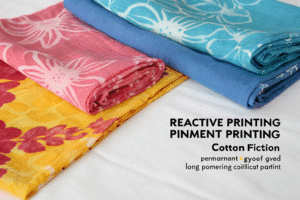When temperatures rise, the need for comfortable clothing becomes essential. Many people face the same problem: their summer clothes either trap heat, absorb sweat without drying, or feel heavy against the skin. This leads to discomfort and reduced performance during daily activities. Therefore, a key question emerges: which fabrics are truly best for summer wear?
The ideal summer fabrics are lightweight, breathable, and moisture-wicking. Natural fibers such as cotton and linen provide airflow and comfort, while modern fibers like Tencel™ and moisture-wicking polyester blends add durability and quick-drying capabilities. Selecting the right fabric can make the difference between feeling fresh and overheating.
This article explains the characteristics of different summer fabrics, compares their advantages, and provides guidance on how to choose them depending on the occasion.
Why Are Natural Fabrics a Classic Choice for Summer?
Natural fibers have been used for centuries in hot climates, and this is not by chance. Their unique structures allow air circulation and efficient sweat absorption, which makes them naturally suited for warm-weather wear.
Cotton and linen are particularly effective because they combine comfort with breathability.
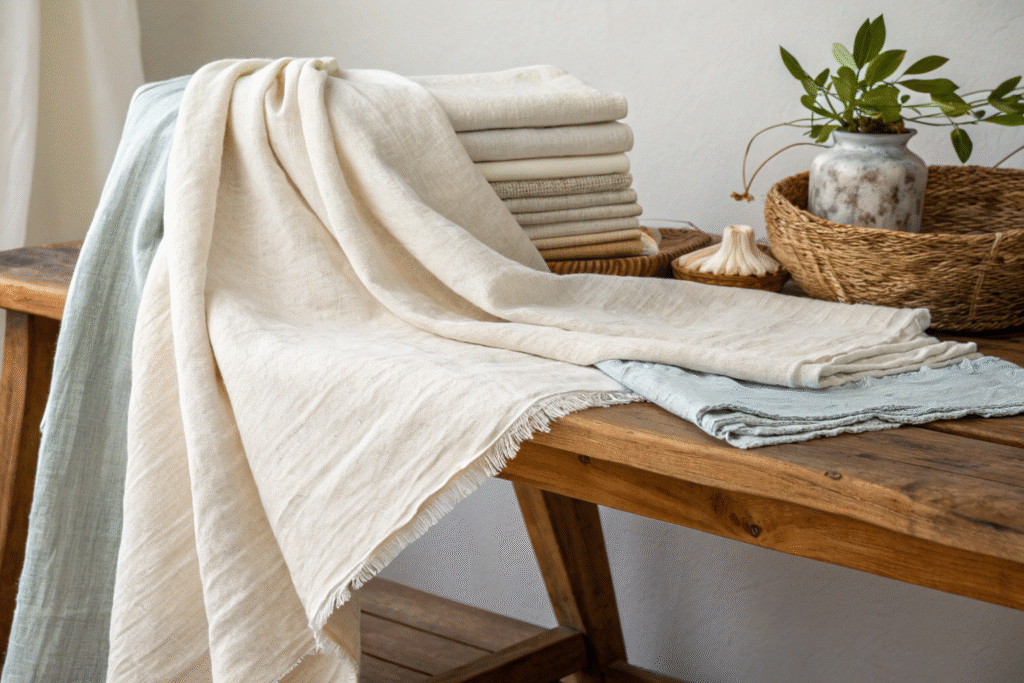
Cotton
- Soft and breathable, making it gentle on the skin.
- Absorbs sweat effectively, which helps regulate body temperature.
- Available in many lightweight weaves such as voile, chambray, and muslin.
- The main drawback is that it dries more slowly compared to technical fabrics.
Linen
- Produced from flax fibers, offering excellent airflow.
- Absorbs moisture quickly and dries faster than cotton.
- Works especially well in humid climates.
- Prone to wrinkling, though this often enhances its relaxed, breezy appeal.
For example, chambray fabric is often chosen for summer shirts because it looks like denim but feels significantly cooler and lighter (MasterClass).
How Do Eco-Friendly and Regenerated Fabrics Compare?
In recent years, eco-conscious consumers and fashion brands have turned to regenerated fibers. These fabrics combine sustainability with the softness and performance of natural fibers, offering an alternative that reduces environmental impact without compromising comfort.
Tencel™, bamboo, and rayon stand out as practical, breathable, and environmentally responsible summer fabrics.
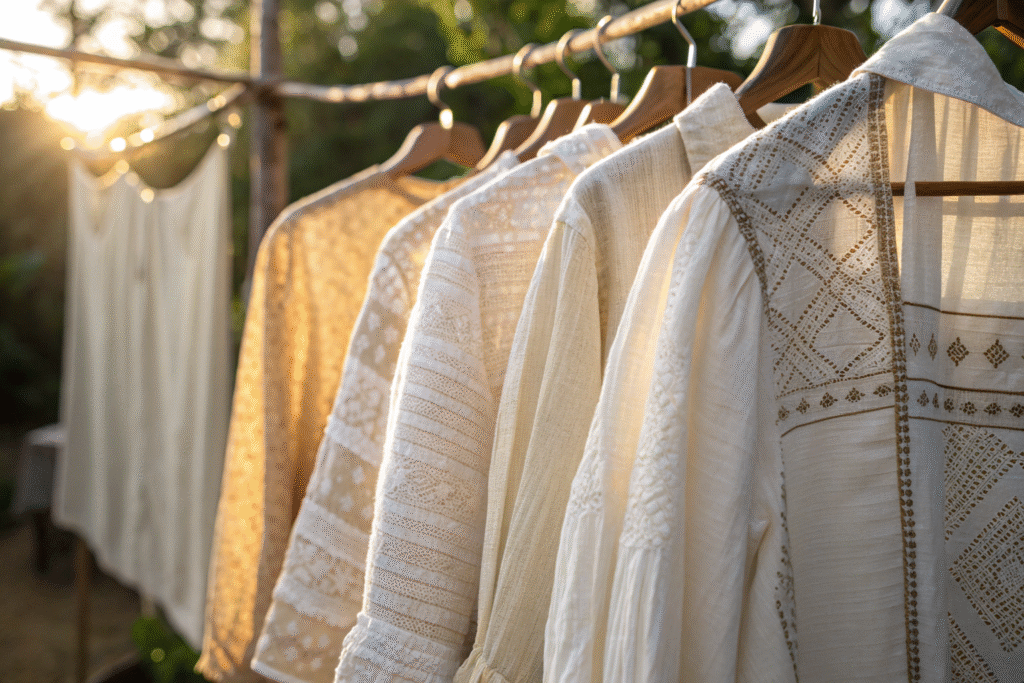
Tencel™ (Lyocell)
- Smooth, lightweight, and silky to the touch.
- Provides excellent breathability and moisture management.
- Manufactured using eco-friendly closed-loop processes.
Bamboo and Hemp Blends
- Naturally antibacterial and odor-resistant.
- Offer softness similar to cotton with better durability.
- Suitable for both casual clothing and activewear.
Rayon / Viscose
- Designed to mimic the feel of silk or cotton.
- Breathable and lightweight, making it ideal for dresses and blouses.
- Less durable when wet, so it requires careful washing.
According to Textile Exchange, regenerated fibers such as Tencel™ are rapidly expanding in global markets because of their environmental advantages and luxurious feel.
When Are Synthetic Fabrics the Better Option?
Although natural and regenerated fibers dominate casual summer clothing, synthetics are indispensable in sports and performance wear. Their engineered structures allow moisture to evaporate quickly, which keeps the body dry even during intense activity.
Moisture-wicking polyester and nylon blends are especially effective for active lifestyles.
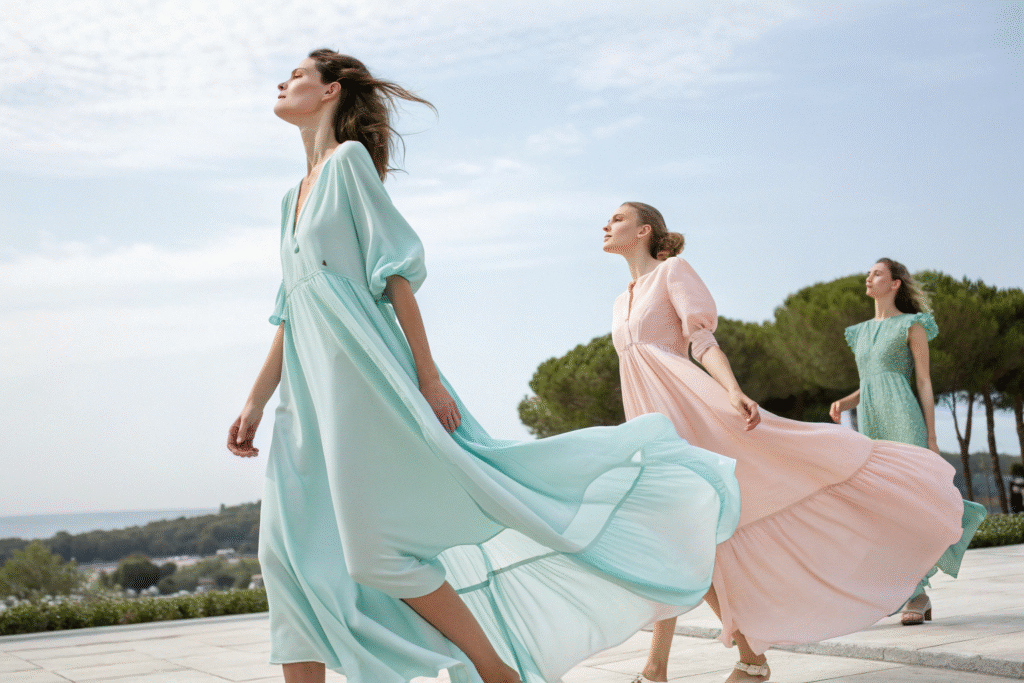
Polyester Blends
- Often treated with moisture-wicking finishes.
- Lightweight, durable, and wrinkle-resistant.
- Ideal for T-shirts, sportswear, and outdoor clothing.
Nylon Mesh and Microfiber
- Provide rapid drying and enhanced ventilation.
- Frequently treated with odor-control finishes for added comfort.
- Popular in gym wear, running clothes, and hiking gear.
A well-known example is Nike’s Dri-FIT technology, which uses polyester microfibers to move sweat away from the body, allowing it to evaporate and keep the wearer cool (Nike).
How Should You Choose the Right Fabric for Summer?
The best summer fabric depends not only on weather conditions but also on the activity and personal preferences. By considering the advantages of each category, it becomes easier to make informed choices.
Natural fabrics excel in casual wear, regenerated fibers add eco-friendly luxury, and synthetics are unmatched in performance sports.
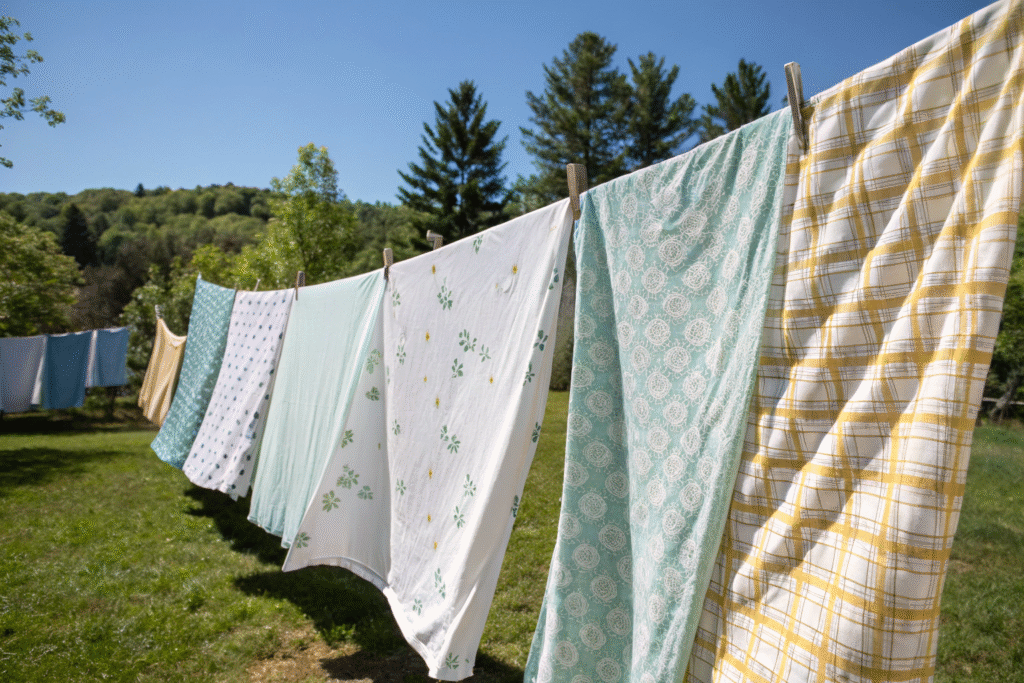
Everyday Wear
- Choose cotton for comfort and affordability.
- Opt for linen when maximum breathability is needed.
Eco-Conscious Options
- Select Tencel™ or bamboo blends for sustainable elegance.
- Pick rayon for affordable, stylish garments with a flowing drape.
Sports and Outdoor Activities
- Go with polyester blends for quick-drying properties.
- Use nylon mesh for high-intensity activities where ventilation is critical.
By combining these fabrics in a summer wardrobe, one can achieve a balance of comfort, style, and practicality across different scenarios.
Conclusion
The best fabric for summer clothing is the one that helps the body stay cool, dry, and comfortable while also fitting the occasion. Cotton and linen remain timeless choices for casual and office wear, Tencel™ and bamboo offer eco-friendly sophistication, and synthetic blends provide unmatched performance for sports and outdoor activities.
By understanding how each fabric behaves in heat and humidity, consumers can make smarter choices that enhance comfort and sustainability.
For brands and buyers seeking to expand their summer collections, Shanghai Fumao offers a complete portfolio of fabrics—from natural cotton and linen to regenerated eco-textiles and advanced synthetics. To source high-quality summer fabrics for your next collection, contact our Business Director Elaine at elaine@fumaoclothing.com.





